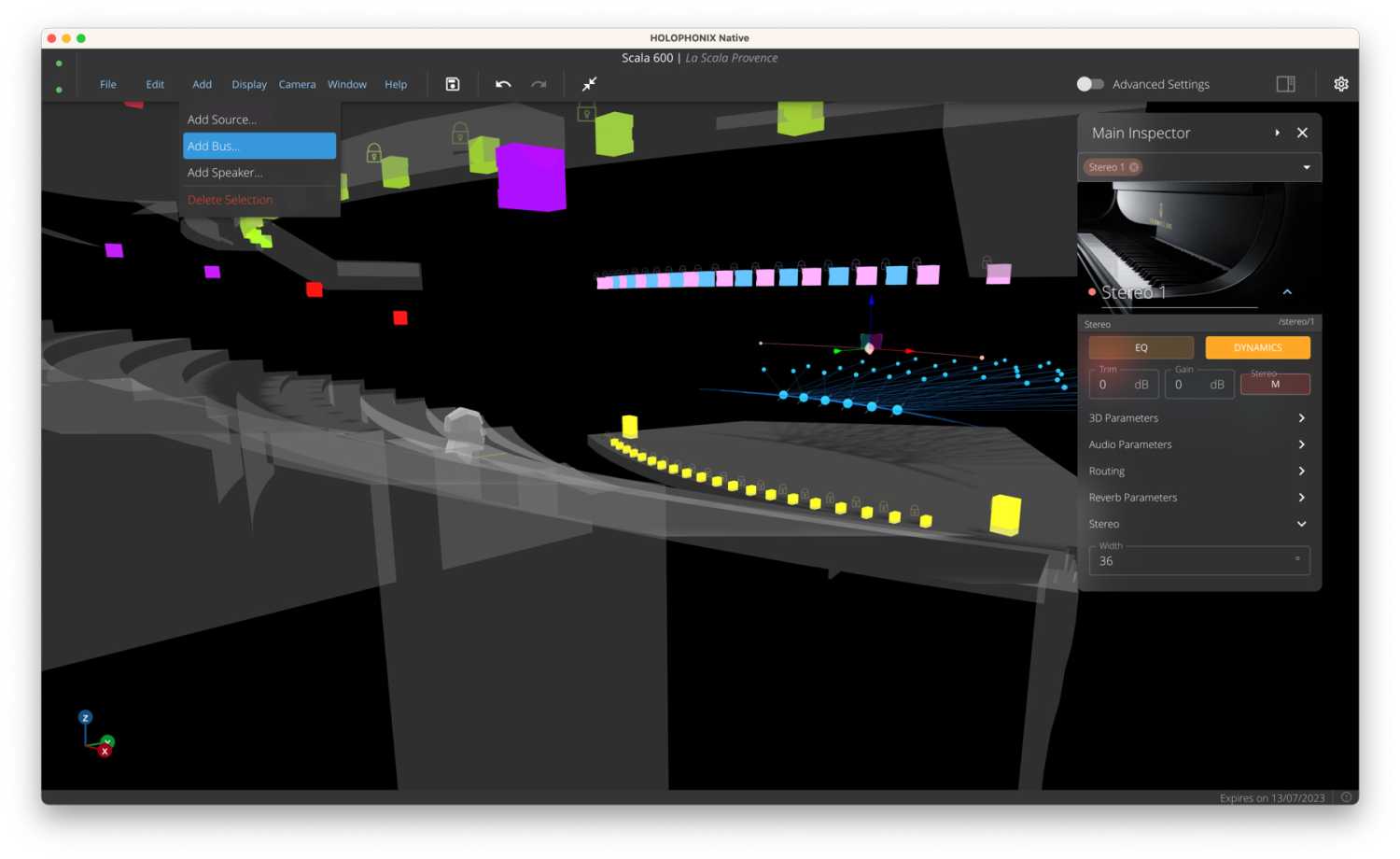ISE 2023: Amadeus unveils Holophonix updates
- Details

The new Holophonix hardware configurations are available for order now and feature redesigned rear panels with Neutrik-housed connectors integrated into the aluminium chassis, including one powerCON mains connector, three etherCON connectors for remote control and Dante redundant protocol, as well as HDMI and USB 3.2 connectors for service.
The updated Holophonix processor models are 1.6x faster than the previous model. The 128 model offers 128x128 I/O at 96 kHz in Dante AoIP format, while the new 64 model offers 128 inputs for 64 outputs at 96 kHz in Dante AoIP format.
“Machined in three dimensions from a solid aluminium block – taking more than twenty hours to complete – the new Holophonix processor enclosure embodies all the technicality embedded and hidden within this unique tool,” states Gaetan Byk, Amadeus CEO.
“We designed some interesting features for the Wave Field Synthesis (WFS) algorithm over the last months, which figure among the most interesting algorithms built-in Holophonix, used in 90% of the systems that we deploy,” says Gaetan Byk.
“Recent work conducted at IRCAM helped us extend and improve our Wave Field Synthesis rendering engine. Originally restricted to 2D dense linear arrays of loudspeakers, the WFS approach has been generalized and is now compatible with arbitrary 3D loudspeaker layouts. This features several optimizations for large arrays, or linear arrays with large spacing in-between loudspeakers, as well as 3D dome-like speaker layouts,” comments Thibaut Carpentier, researcher at IRCAM, lead developer, and head of the SPAT project.
“With immersive speaker systems, users can now create virtual sounds anywhere in 3D space; full-3D WFS gains and delays are computed in real-time, generating a convincing sound field that overcomes limitations of other techniques such as Ambisonics,” adds Carpentier.
The new Holophonix 2.1 Update features among other improvements a new 3D-native computation of gains and delays for the WFS algorithm, a new ‘Minimal Delay’ mode, and a new parameter called LSO (Large Stage Optimizer) designed to optimize intelligibility for spectators sitting in the very first rows.












